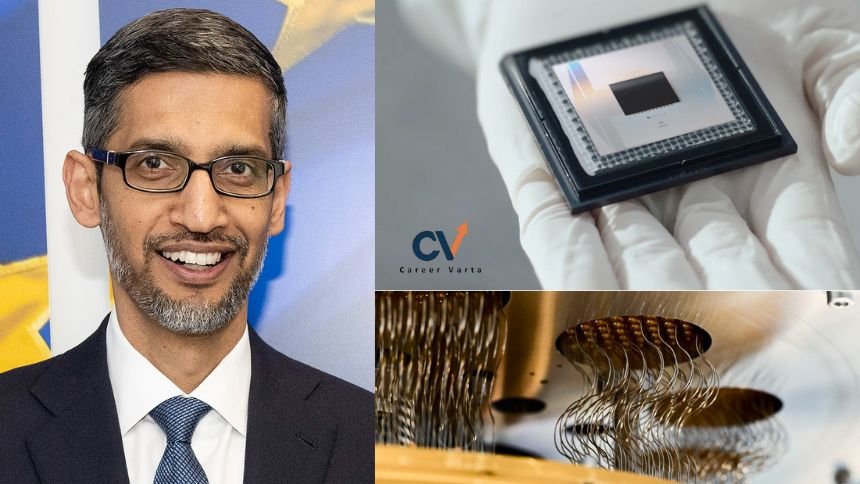New Delhi, Sept 2025 — In a move that could reshape the global semiconductor landscape, India has announced ambitious plans to train and cultivate 275,000 chip designers by 2032. The initiative is part of the country’s broader semiconductor strategy, aimed at reducing reliance on imports, creating high-skilled jobs, and strengthening its position in the global electronics supply chain.
Building a Talent Pipeline
According to government officials, the program will focus on scaling specialized VLSI (Very Large Scale Integration) design training, fostering industry-academia partnerships, and expanding semiconductor engineering curricula in top institutions. Private players and global tech companies are also expected to collaborate, ensuring that India’s workforce is equipped to meet the rising demand for chip design expertise.
Why Chip Designers Matter
While manufacturing fabs often grab headlines, chip design is the intellectual backbone of the semiconductor industry. By training hundreds of thousands of engineers in EDA (Electronic Design Automation) tools, circuit architecture, and system-on-chip innovation, India hopes to become not just a consumer but a creator in the semiconductor ecosystem.
Industry Implications
Industry analysts see this as a pivotal step toward India’s self-reliance goals. With the global semiconductor market projected to surpass $1 trillion by 2030, the need for skilled chip designers is set to surge. Experts believe this initiative could help India attract more foreign investment, strengthen domestic startups, and align with the government’s “Make in India” and “Digital India” missions.
Challenges Ahead
Despite the optimism, challenges remain. Semiconductor design requires high-end research infrastructure, continuous reskilling, and global collaborations. Experts caution that India must balance scale with quality, ensuring that the 275,000 target reflects true industry-ready professionals rather than just a numerical milestone.
Global Context
The announcement comes as the U.S., EU, Taiwan, and South Korea are also doubling down on semiconductor talent and manufacturing. If executed successfully, India’s focus on chip design rather than fabrication alone could give it a unique edge in the worldwide talent race.
Disclaimer
This article is intended for informational purposes only. While every effort has been made to ensure accuracy, Careervarta does not provide investment, legal, or career advice. Readers are encouraged to consult official government notifications, institutional announcements, and professional advisors before making career or educational decisions based on this information.









